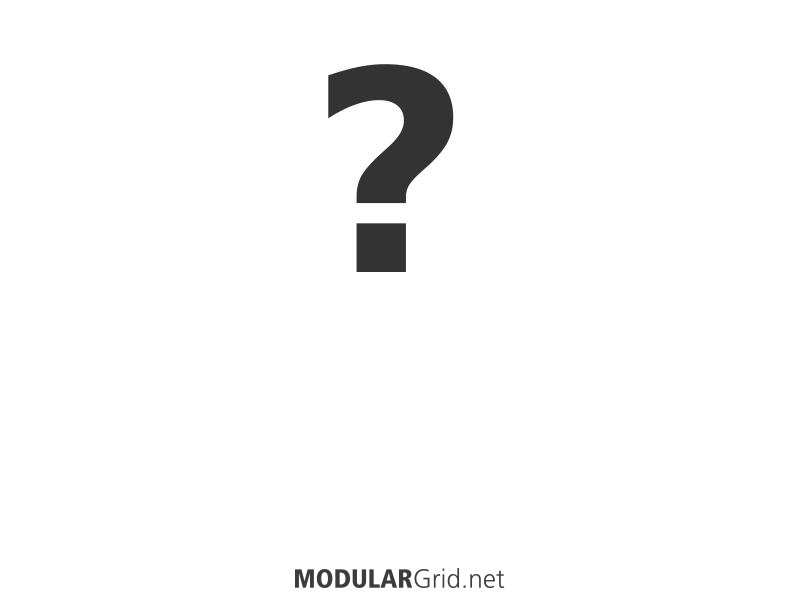Well, consider this idea: lose the Linix and put in two Intellijel Quad VCAs instead. Those have a variable response curve, so you can actually tailor the dynamic response to exponential for audio, but roll it back to linear for CV work, or hit any point in between, so that could allow you to back the curve down for your background parts, but let you go full-swing exponential for your leads and anything else that needs to jump out. Also, that'd take you to eight VCAs, plus both modules also work as mixers and have 6 dB boost circuits which will help in getting a little more saturation/crunch in the audio when that's kicked in. The Cold Mac is actually pretty interesting in of itself for screwy modulation tricks, so that might be a keeper. As for the Triatt...ahhh, look at Livestock's Felix...SIX attenuverters in the same space plus summing into a buffered mult, configurable as either 6 -> 1 or 3 -> 1 x 2, and it only costs a whopping $2 more than the Triatt!
As for the compression on the mix...you might benefit a little from looking into the issues surrounding the Fletcher-Munson curves. See here: https://ledgernote.com/columns/mixing-mastering/fletcher-munson-curve/ . Now, while this mainly deals with how we perceive 'loudness', it's worth noting that if a mix has a lot of signal build-up in the ranges where we don't perceive loudness as well as at other ranges, you start to get this...well, 'lump'. And to get things to cut through the 'lump', you have to have more aggressive changes in transients so that those important lines in the track stand out. With linear VCAs, what happens is that the VCA follows a linear mathematical relationship to its control signal. Up the signal by 2, the VCA's response is to increase level by 2. But with exponential response, up by 2 actually equals a response by the VCA of up by 4...which makes sense when you consider that exponential VCAs also get referred to as 'logarithmic' VCAs. The response curve follows a logarithmic scale: 1, 4, 9, 16, etc.
This does a few things, mixing-wise. First of all, the snappier transients tend to jump out better, since we tend toward experiencing changes in apparent loudness logarithmically. With variable-response VCAs, this actually is pretty cool...you can alter the response of the VCAs necessary to create an illusory 'foreground/background', giving a mix something approximating 'depth of field' easily. It also helps to break up a loudness 'lump', because at that point, everything can follow different transient behavior and it's not all stuck at the same level. As for the heavy compression...ahh, a little study of the 'literature' might be useful. Spend a little time listening to tracks that, although they might be 25+ years old, STILL have the power to blow a dancefloor the f**k up...I'm thinking things such as Chicago ghetto house, Detroit techno circa 1990-95, harder Euro tracks, and the like. Notice how the groove 'breathes', dynamically, in these cases. That amount of dynamic range and interplay is part of those tracks' secret to get people to go nuts...because it grabs them, feels animated, and such. A lot of the EDM these days is afflicted with the technical problems that arose with the 'loudness wars' issue which stemmed from trying to jam dynamic range into the tightest possible range while making the overall volume as loud as possible, and THAT actually came from radio, where the idea was that if you have a 'loud' signal, people will listen to your station more. For stuff for gettin' down, this doesn't work, because it kills all of the transient motion and contrast and makes the rhythmic feel really weak.
Anyway, consider the module changes as well as the notes above on compression...I think you'll find both pretty useful...



